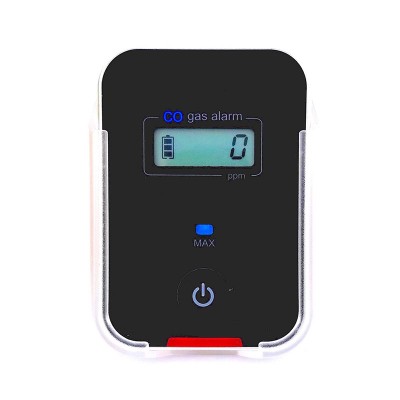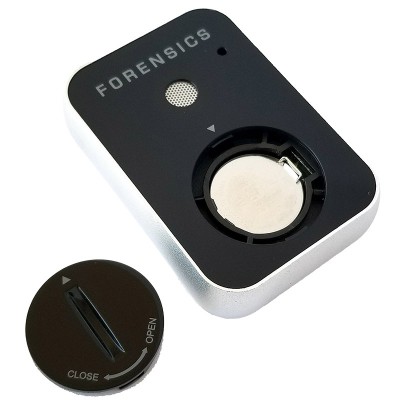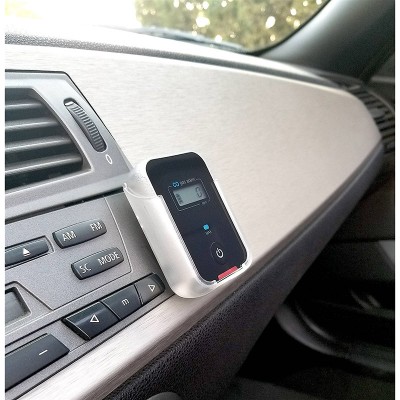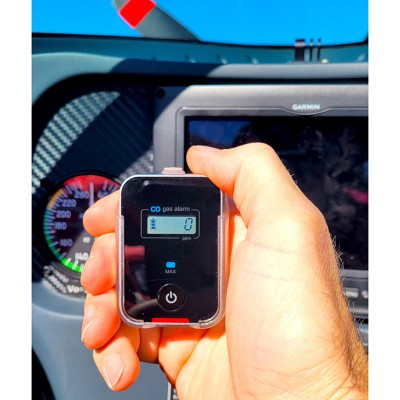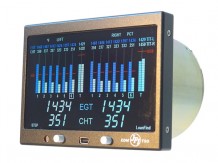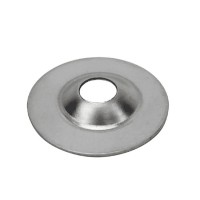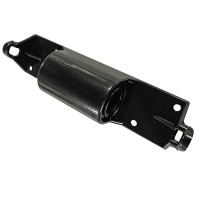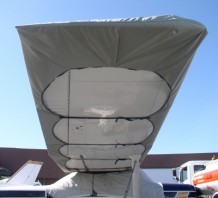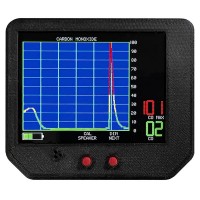THE AVIATION SUPERSTORE FOR ALL YOUR AIRCRAFT & PILOT NEEDS | +61 (1800) 953522
Forensics Detectors Car / Aircraft Carbon Monoxide Detector - Version 1
$128.59/Each
Price Includes GST
Part# 99-02228
MFR Model# FD-CAR002
MFR Model# FD-CAR002
Overview
|
The original FORENSICS DETECTORS vehicle and aircraft CO gas detector, made with HIGH-QUALITY Japanese sensor technology for MAX protection. Low-level alarming to prevent CO exposure from exhaust leaks or polluted air entering the vehicle. Have peace of mind and take preventative care to avoid headaches, nausea, and fatigue. The FORENSICS carbon monoxide detector was specifically designed with "reliability and ease of use" for POLICE, Ford Explorer owners (NHTSA Investigation "Ford Explorer Exhaust Odor"), emergency vehicles, aircraft pilots, truck drivers, UBER, fleet vehicles, personal vehicle operation, and personal protection for travel.
CO alarms are set at 9 ppm with red LED & 25 ppm with an audible buzzer sound (70 dB). To ensure maximum protection, alarm levels were chosen as recommended by the World Health Organization (WHO), Environmental Protection Agency (EPA), American Society of Heating, Refrigerating, and Air-Conditioning Engineers (ASHRAE), and American Conference of Governmental Industrial Hygienists (ACGIH). The CO alarm includes smart detection algorithms designed in the USA, a high-quality sensor made in Japan, and a product assembled in the PRC. The small, modern, aluminum-alloy body gives a real "metal finish" high-quality touch at only 2 oz. Comes with a robust case and a 3M stick-on mount option. Regular CO alarms for the home are too slow, alarming in 60 to 240 minutes over 70 ppm - allowing fatigue and drowsiness to lead to accidents. The FORENSICS CO detector has been tested and confirmed at high altitudes for aircraft reliability. One-button operation makes it easy for anybody to operate. |
Features
- USES: Exhaust leaks in aircraft, vehicles, school buses, trucks, and fleet vehicles. Gas exposure can trigger headaches, nausea, and fatigue.
- ACCURATE: CO low-level alarm at 9 ppm & 25 ppm according to WHO, EPA, ASHRAE, OSHA, and NIOSH recommended exposure levels.
- FAST ALARMS: Alarms at > 9 ppm in 60 secs, compared to home CO detectors that only alarm > 70 ppm in 60 - 240 minutes. Bright red LED and buzzer alarms.
- EASY USE: Continuous 8 - 12 month operation with same batteries. Easy one-button operation. Small form factor (2oz). 3M stick-on mount.
- TRUSTWORTHY: ** 1-year limited warranty ** Arrives factory-calibrated ** Product tested and verified in the USA * Equipped with top-tier Japanese CO sensor **
Specifications
- Size: 69 mm x 47 mm x 20 mm (2.7 in x 1.9 in x 0.8 in)
- Weight: 50.8 g (1.8 oz) with housing 81.0 g (2.9 oz)
- Gas Sensor Type: Electrochemical Gas Sensor
- Battery: 2 x CR2032
- Battery Life: 6 - 8 months on standby, shorter if alarms
- Blue / Red LED: max level indicator / CO alarm indicator
- Buzzer: sound alarm, 70 dB at 1 meter
- Working Temperature: -10°C to 50°C (14°F to 122°F)
- Working Humidity: 15 - 90% RH
- CO Detection Range: 9 ppm to 999 ppm
- Resolution: 1 ppm with 0.5 secs averaging & refresh rate
- CO Error: ±10% of CO reading
- Sensor Lifetime: 3 years (end of life on the detector back reminder sticker)
In The Box
- CO detector with 2 x CR2032 batteries installed
- Plastic sleeve mount
- Clear instructions in English.
Q&A
Please note, Aircraft Spruce Australia's personnel are not certified aircraft mechanics and can only provide general support and ideas, which should not be relied upon or implemented in lieu of consulting an A&P or other qualified technician. Aircraft Spruce Australia assumes no responsibility or liability for any issue or problem which may arise from any repair, modification or other work done from this knowledge base. Any product eligibility information provided here is based on general application guides and we recommend always referring to your specific aircraft parts manual, the parts manufacturer or consulting with a qualified mechanic.

 Aircraft Spruce Australia
Aircraft Spruce Australia
